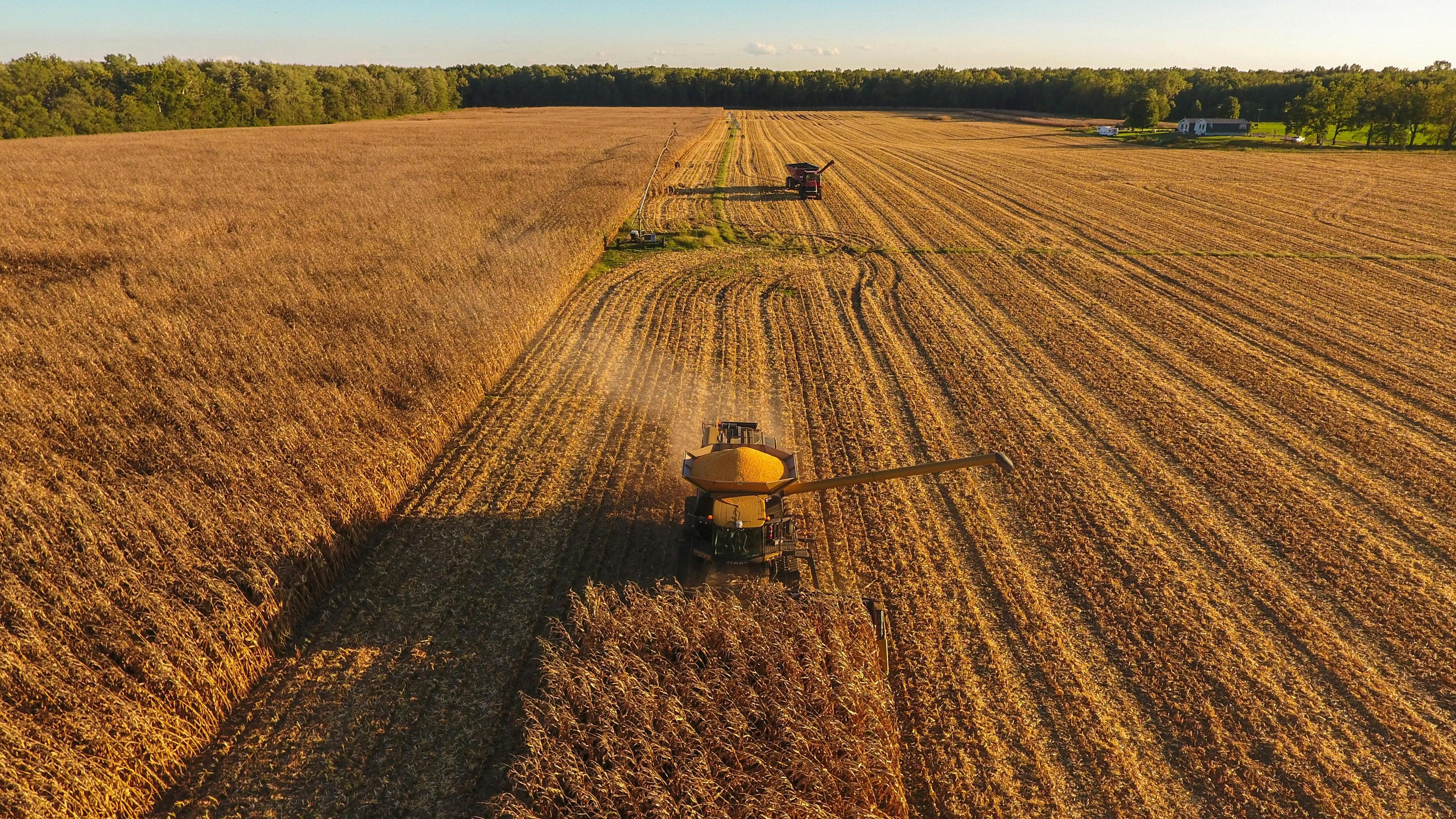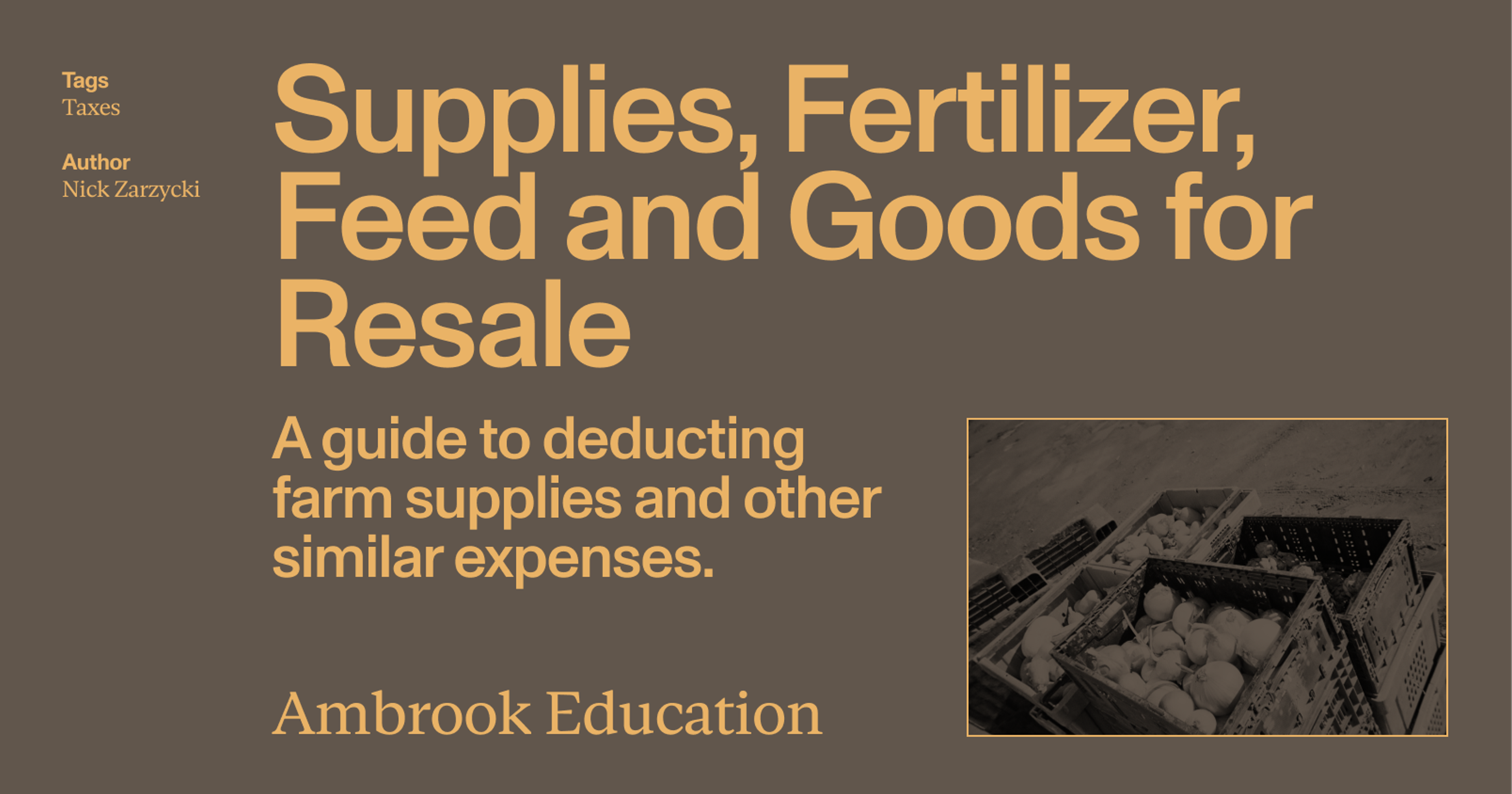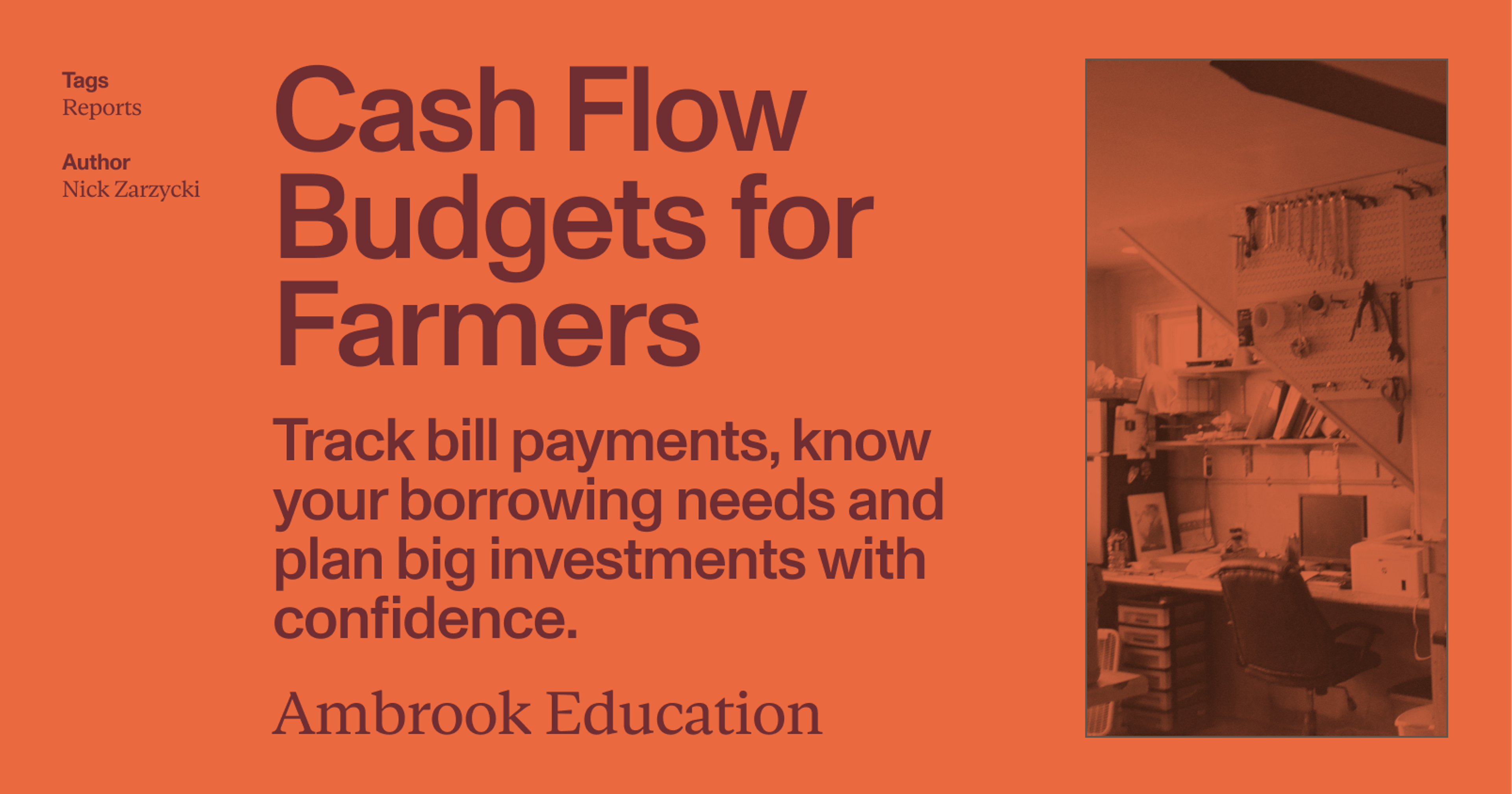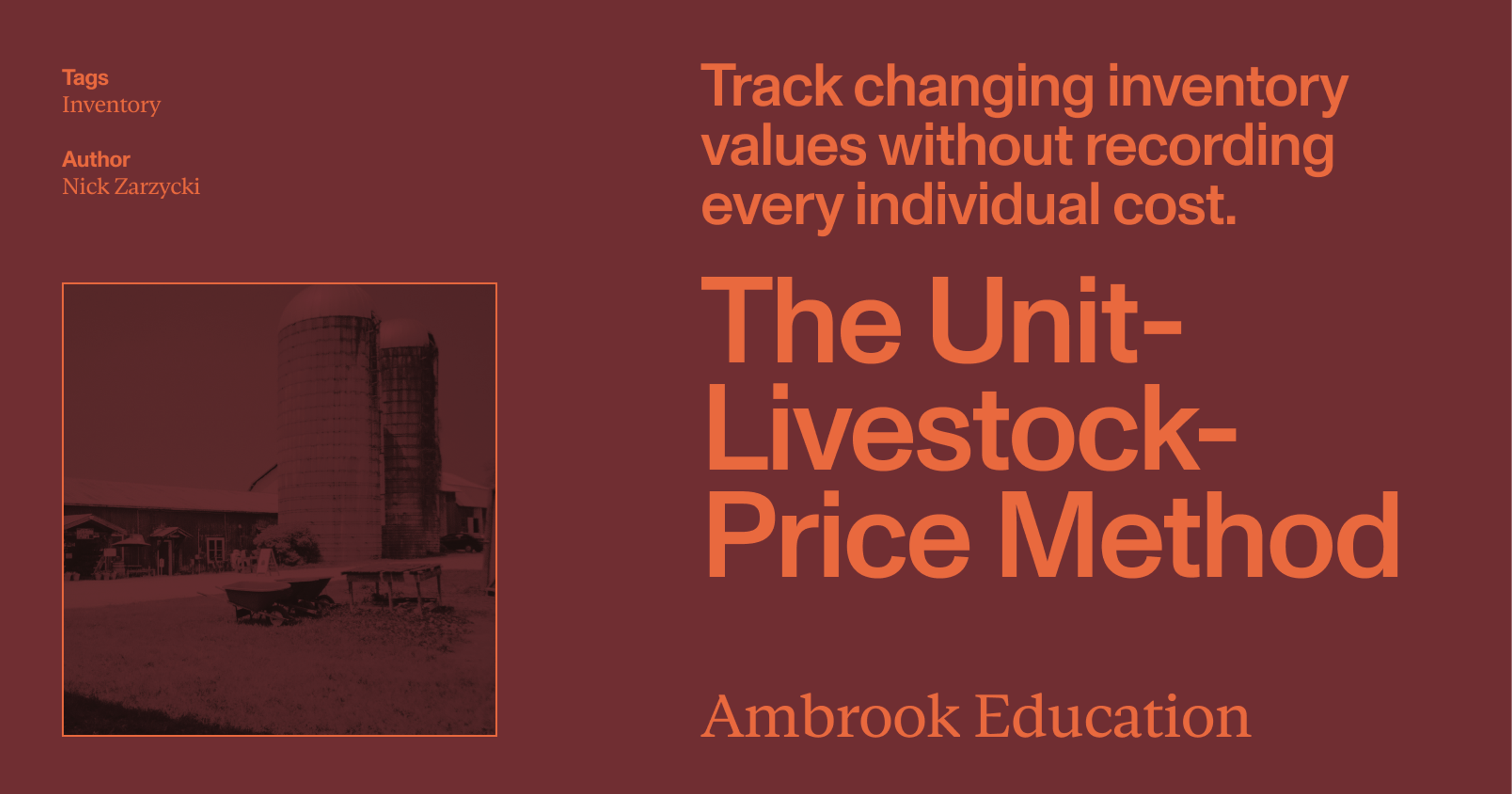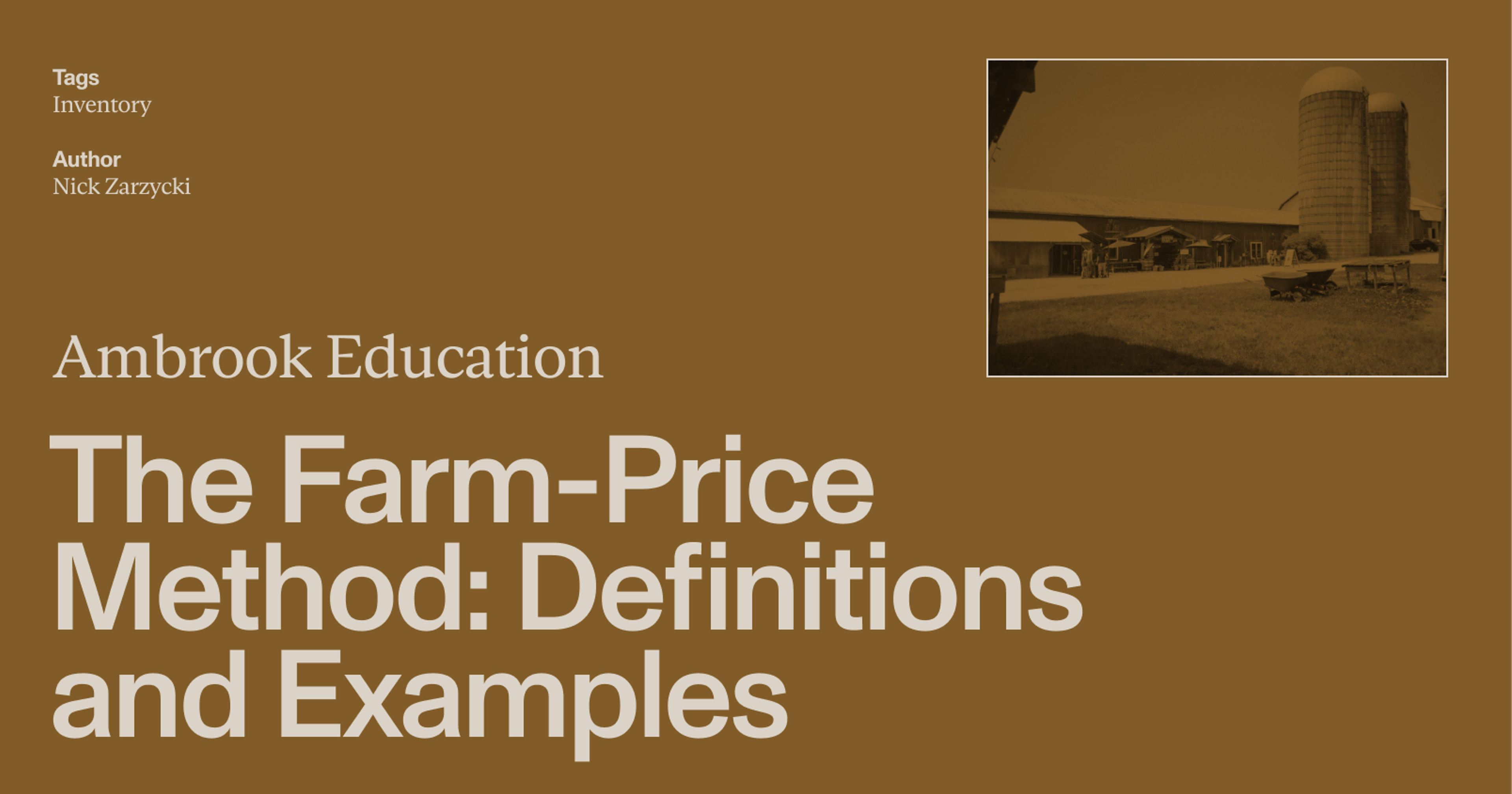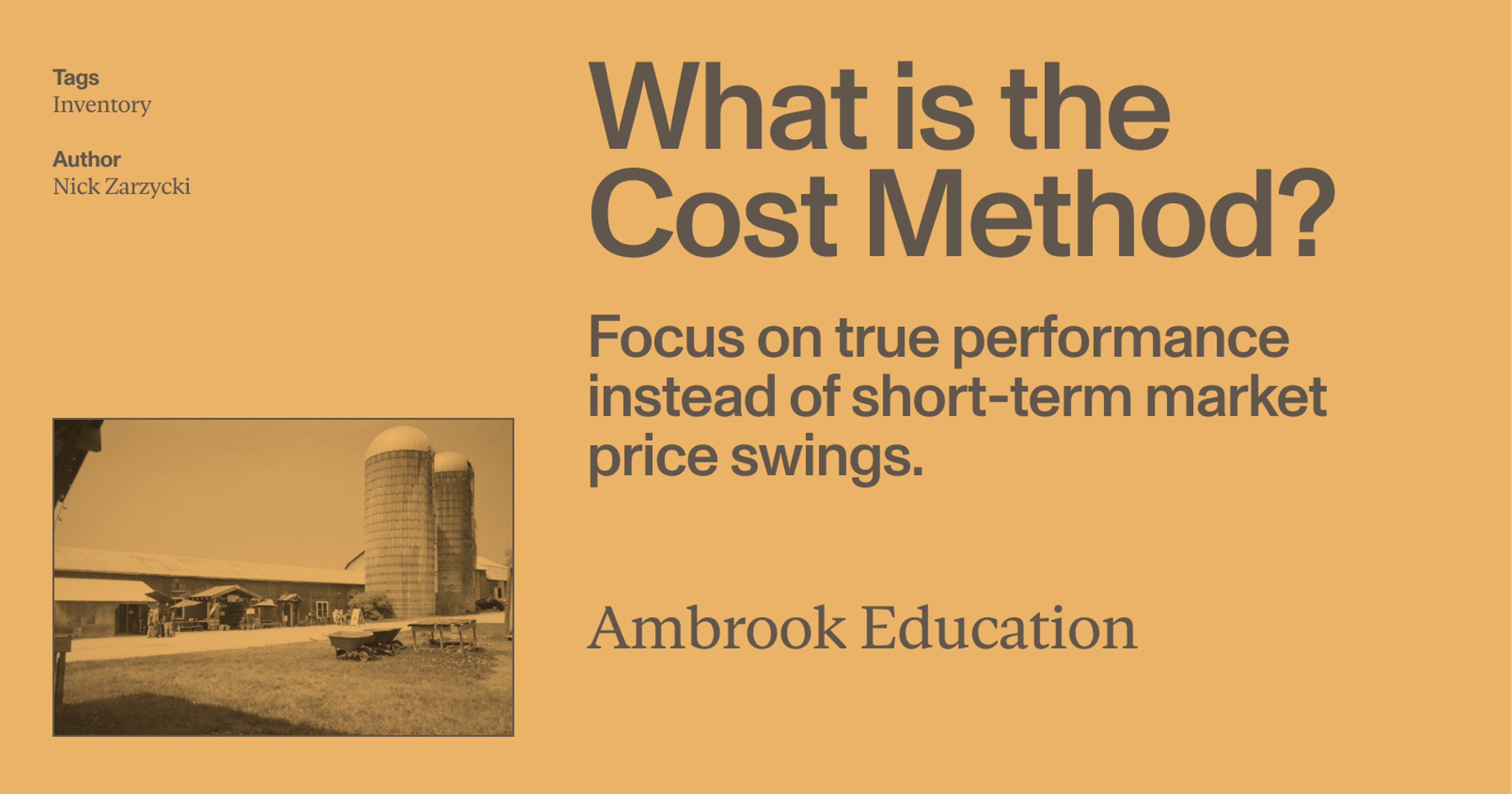Federal crop insurance is a crucial risk management tool, but the way it works can get complicated.
Crop insurance protects farmers from adverse weather, fire, insects, changes in prices, disease and numerous other factors that can cause unexpected losses. It can be the financial bedrock that allows new farmers to start working in the first place, and the factor that ultimately decides whether an existing business survives a disaster or loss.
But the way policies work and the sheer number of options available to producers can also make choosing the right policy difficult. Before meeting with a crop insurance agent, it pays to brush up on some key insurance terminology and concepts.
What is federal crop insurance?
Initially introduced in the 1930s to support farmers during the depression, federal crop insurance is an important part of the U.S. Department of Agriculture’s safety net, providing protection against losses due to disaster, adverse market conditions, and numerous other risks for more than 130 different agricultural commodities, including barley, wheat, corn, cotton and specialty crops
Crop insurance is offered by private insurance companies, but is subsidized and overseen by the Risk Management Agency (RMA). The RMA has stepped up efforts to make crop insurance and other farm safety net options more accessible in recent years, particularly to beginning farmers, organic producers and specialty crop producers through programs like the Whole-Farm Revenue Protection plan.
What is a crop insurance contract?
In the United States, a crop insurance contract is an agreement between a farmer and an insurer that protects the farmer from losses due to natural disasters, price changes and other causes.
When a farmer signs, they’ll usually agree to insure all eligible acreage of a specific crop in a given county to prevent adverse selection, which is what happens when the farmer might have better knowledge of risk than the insurer. The insurer agrees to compensate the farmer for losses due to uncontrollable events, usually covering yield losses beyond a deductible.
Crucial crop insurance terminology
Before you begin shopping for crop insurance, make sure you’re familiar with these key terms:
Eligible cause of loss: Also called the coverage trigger, this is an event that triggers a payout (indemnity) from an insurance provider, such as drought, flood, excessive moisture, hail, or disease. Only losses caused by these triggers qualify for indemnity payments.
Deductible: When coverage is triggered, this is the total amount you must pay out of pocket to cover damages before receiving a payout (indemnity). This is usually the difference between the expected yield or revenue and the selected coverage level (e.g., 80% coverage means a 20% deductible).
Indemnity: This is the payment that a producer receives, usually determined by their level of coverage and the extent of the loss.
Liability: This is the total value an insurer could pay out, or the maximum amount of coverage under the policy based on the farmer’s yield, revenue and coverage.
Producer premium: The cost of insurance to the producer after subtracting subsidies.
Individual vs. Area-based Policies
Most crop insurance policies are either ‘individual-based,’ which means they trigger payments in response to an individual producer’s experience, or they’re ‘area’ or ‘index-based,’ which means they’re determined by county-level outcomes that aren’t necessarily connected to an individual producer’s experience.
Individual-based policies
Individual-based policies typically offer either yield or revenue protection. Yield protection policies protect the producer against low yields, while revenue protection guarantees a certain level of revenue based on a national per bushel price. Revenue protection effectively protects the producer against both low prices and low yields. Unlike regular revenue protection, ‘Harvest Price Exclusion’ policies are based on estimated prices only.
Area and index-based policies
Area and index-based policies are less specific, using broader measures like the National Agriculture Statistics Service (NASS)’s county-level yields to determine losses and indemnities.
These policies can take longer to pay out because of the longer period of time it takes to compile NASS figures. Because they don’t provide specific coverage, larger counties often mean a lower probability of achieving indemnities. For this reason, some lenders won’t take area-based policies as an acceptable form of crop insurance when lending to producers.
Other crop insurance types
While most crop insurance products fall into one of the above categories under the Common Crop (COMBO) policy, there are many other crop-specific and special provisions to keep in mind, including:
Annual Forage, which insures annually planted forage crops based solely on a lack of precipitation using a rainfall index, not actual crop production.
Apiculture, which provides coverage for beekeepers’ income sources like honey, pollen, wax, and breeding stock.
Dollar Plan, which offers coverage based on the cost of growing a crop in a specific area.
High-Risk Alternate Coverage Endorsement, which allows producers to insure high-risk land at a higher level than basic Catastrophic Risk Protection (CAT) coverage but lower than standard policies.
Margin Protection for Corn, Rice, Soybeans, and Wheat, which protects against reduced operating margins by covering losses in county-level revenue and rising input costs.
Micro Farm Program, which provides whole-farm revenue protection for small farms (up to $350,000), including those with specialty or local market crops.
Controlled Environment, which covers losses from mandatory destruction of crops in controlled environments due to environmental contamination despite biosecurity measures.
Pasture, Rangeland, Forage, which offers area-based insurance for perennial forage crops and is triggered by insufficient precipitation impacting forage production.
Whole-Farm Revenue Protection (WFRP), which insures up to $17 million in total farm revenue under one policy, making it ideal for diverse or specialty crop and livestock operations.
What is the Noninsured Disaster Assistance Program (NAP)?
NAP offers financial assistance to producers of crops that aren’t typically covered by crop insurance, including specialty and unique crops, Christmas trees, decorative plants, and grain cultivated for livestock consumption.
How much does crop insurance cost?
Premiums can vary widely depending on the type of policy, coverage, insured acreage and administrative fees, and you should consult your crop insurance agent for specifics. The RMA website provides a calculator that you can use to compare plans and get a general cost estimate, while midwest and southeast producers can use the University of Illinois’ spreadsheet-based decision tool to calculate premiums.
Where can I buy crop insurance?
Crop insurance is available exclusively from agents working for USDA-approved insurance providers (AIP). There are 12 AIPs in total serving producers in all 50 states. You can view a list of AIPs or search for individual agents with the USDA Agent Locator.
How does crop insurance work?
The USDA breaks down the cycle that a purchaser of crop insurance goes through into a 13 step process. Here’s a summary:
Buying crop insurance
Step 1: Policy renewal and application. The RMA publishes documents each year listing the types of insurance and coverage available (the ‘initial offer’). You have several months to work with an agent to review options and submit applications.
Step 2: Sales closing. Applications must be signed by the sales closing date or will be rejected, and coverage auto-renews unless canceled in writing. Providers may terminate or refuse renewal for nonpayment or if no premium was earned for three consecutive years.
Step 3: Acceptance. Once you have correctly submitted your application, the insurance provider chooses whether to accept your application.
Step 4: Submit yields to the Actual Production History (APH) database. Insurers populate each policyholder’s APH database using the prior year’s production report and calculate approved yields. Transitional yields are used if fewer than four years of data exist, and additional reports may be required to confirm yield structure.
Step 5: Insurance attaches. Insurance coverage begins (or “attaches”) on the date specified in policy provisions—typically at planting for annual crops or on a set calendar date for perennials. Late or prevented planting coverage applies only if specified under the policy.
Producer responsibilities, coverage and billing
Step 6: Acreage reports. Producers must annually report planted acres, planting dates, practices, shares, and contract price elections by the acreage reporting deadline to determine coverage and premiums.
Step 7: Summary of coverage. After processing acreage reports, insurers issue a summary specifying crops, acres, and coverage guarantees. Under certain conditions, policyholders may request adjustments to their acreage report.
Step 8: Premium billing. Premiums and any administrative fees become due when coverage attaches, and providers issue a billing statement after that date. Fees may incur interest if unpaid, and producers have the option of a payment agreement.
Crop insurance claims process
Step 9: Notice of damage or loss. Farmers must notify their insurer within 72 hours of discovering damage—and no later than 15 days after the insurance period ends—to allow for timely inspections. Policies may impose additional specific requirements.
Step 10: Inspection. Adjusters inspect the damaged crop, assess appraised value if destroyed or unharvestable, and help the producer document loss details for an indemnity claim. It’s the farmer’s responsibility to provide time, cause, location, and loss amount information.
Step 11: Indemnity claim. If a claim is approved, the insurer issues an indemnity payment along with a summary showing deductions for outstanding premiums, fees, or interest.
Production reporting and program changes
Step 12: Production reporting date. The producer must report current-year production on the basis used in APH calculations by the specified date. This report updates the APH database and sets approved yields for the next crop year.
Step 13: Contract change date. RMA releases any policy changes annually by the contract change date, and insurers notify policyholders in writing at least 30 days before the cancellation date. Policyholders may then renew coverage, make changes, or cancel before the sales closing date.
Ambrook puts a premium on your farm’s finances
With Ambrook handling your accounting, it’s easy to track insurance premiums and deduct them from your taxes. Plus, with time-saving bookkeeping automation features, automatically-generated financial reports, streamlined bill pay and invoicing, and other powerful accounting and financial management tools, Ambrook doesn’t just make expense and revenue tracking simple: it takes the guesswork out of running your business. Want to learn more? Schedule a demo today.
This resource is provided for general informational purposes only. It does not constitute professional legal advice and may not apply to your specific situation. Consult with professional legal counsel before making any decisions about business structure or liability.

